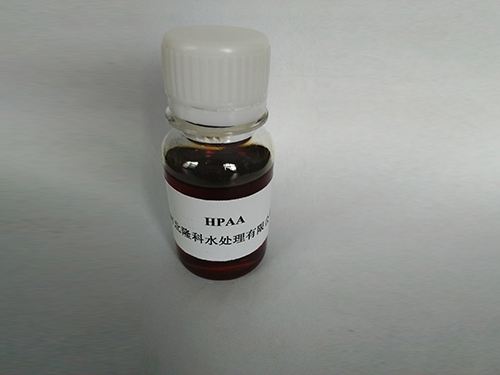flocculants used in water treatment
Flocculants Used in Water Treatment An Overview
Water treatment is an essential process that ensures the availability of clean and safe water for various uses, including drinking, industrial processes, and agricultural applications. One of the critical components in this treatment process is the use of flocculants, which play a significant role in enhancing the efficiency of water purification methods. This article explores the different types of flocculants, their mechanisms of action, and their applications in water treatment.
What Are Flocculants?
Flocculants are substances that promote the aggregation of fine particles into larger clusters or flocs. These flocs can then be easily removed from water through sedimentation, flotation, or filtration processes. The use of flocculants is crucial in various stages of water treatment, including clarification and the removal of suspended solids, organic matter, and microorganisms.
Types of Flocculants
Flocculants can be broadly classified into two categories inorganic and organic flocculants.
1. Inorganic Flocculants The most common inorganic flocculants include aluminum sulfate (alum), ferric chloride, and polyaluminum chloride. These compounds work by neutralizing the negative charges of suspended particles, allowing them to aggregate and settle. Inorganic flocculants are often favored for their low cost and effectiveness in removing turbidity, making them a staple in municipal water treatment facilities.
2. Organic Flocculants Organic flocculants, including polyacrylamides and natural polymers like chitosan and starch, can enhance floc formation and improve settling rates. These are typically derived from synthetic processes or natural sources. Organic flocculants are particularly effective in specific scenarios where inorganic flocculants may be less efficient, such as in the treatment of raw wastewater or in industrial applications.
Mechanism of Action
Flocculants work through several mechanisms. The primary mechanism is charge neutralization, where flocculants neutralize the surface charges of suspended particles. This allows them to come together and form larger aggregates. Additionally, flocculants enhance bridging and agglomeration processes, where long-chain polymers connect multiple particles together into larger masses. This dual action helps in improving the efficiency of sedimentation or filtration processes.
flocculants used in water treatment

Applications in Water Treatment
Flocculants are applied across various domains in water treatment, including
1. Municipal Water Treatment In drinking water treatment plants, flocculants help remove suspended solids and clarify the water. Their use leads to improved water quality, compliance with health standards, and enhanced taste.
2. Wastewater Treatment In industrial settings, flocculants are essential for treating wastewater that contains high levels of suspended solids, oils, and greases. They facilitate the removal of contaminants, which helps industries meet effluent discharge regulations.
3. Sludge Management Flocculants are also used in enhancing sludge dewatering processes. By coagulating and thickening sludge, they improve the efficiency of dewatering operations, reducing the volume of waste that requires disposal.
4. Mining and Mineral Processing In the mining industry, flocculants play a vital role in separating valuable minerals from waste. They aid in the processing of tailings and clarify water used in mineral extraction, ensuring minimal environmental impact.
Safety and Environmental Considerations
While flocculants are highly effective, their use must be carefully monitored to minimize potential environmental impacts. Some flocculants, especially synthetic ones, can pose risks if they enter water ecosystems. As a result, regulatory standards dictate the permissible levels of such chemicals in treated water. It is crucial for water treatment facilities to select appropriate flocculants that comply with safety regulations and are biodegradable wherever possible.
Conclusion
Flocculants are indispensable in the field of water treatment, significantly enhancing the removal of pollutants and improving water quality. With ongoing research and development, the future may see more advanced flocculants that are not only more efficient but also environmentally friendly. As the global demand for clean water increases, the importance of understanding and effectively utilizing flocculants in water treatment will only continue to grow. Whether in municipal plants, industrial applications, or natural water bodies, flocculants will remain a vital component in ensuring water safety and sustainability.
-
Understanding Polycarboxylic Acids: Properties, Applications, and Future PotentialNewsJul.28,2025
-
Scale Inhibitor Explained: How to Protect Your System from Limescale and Hard Water DamageNewsJul.28,2025
-
Scale and Corrosion Inhibitors: Essential Chemicals for Industrial Water System ProtectionNewsJul.28,2025
-
Polyaspartic Acid: A Biodegradable Polymer for Sustainable ChemistryNewsJul.28,2025
-
Isothiazolinones: A Versatile Antimicrobial Class with Industrial Power and Regulatory ChallengesNewsJul.28,2025
-
A Deep Dive into 2-Phosphonobutane-1,2,4-Tricarboxylic Acid (PBTC)NewsJul.28,2025





